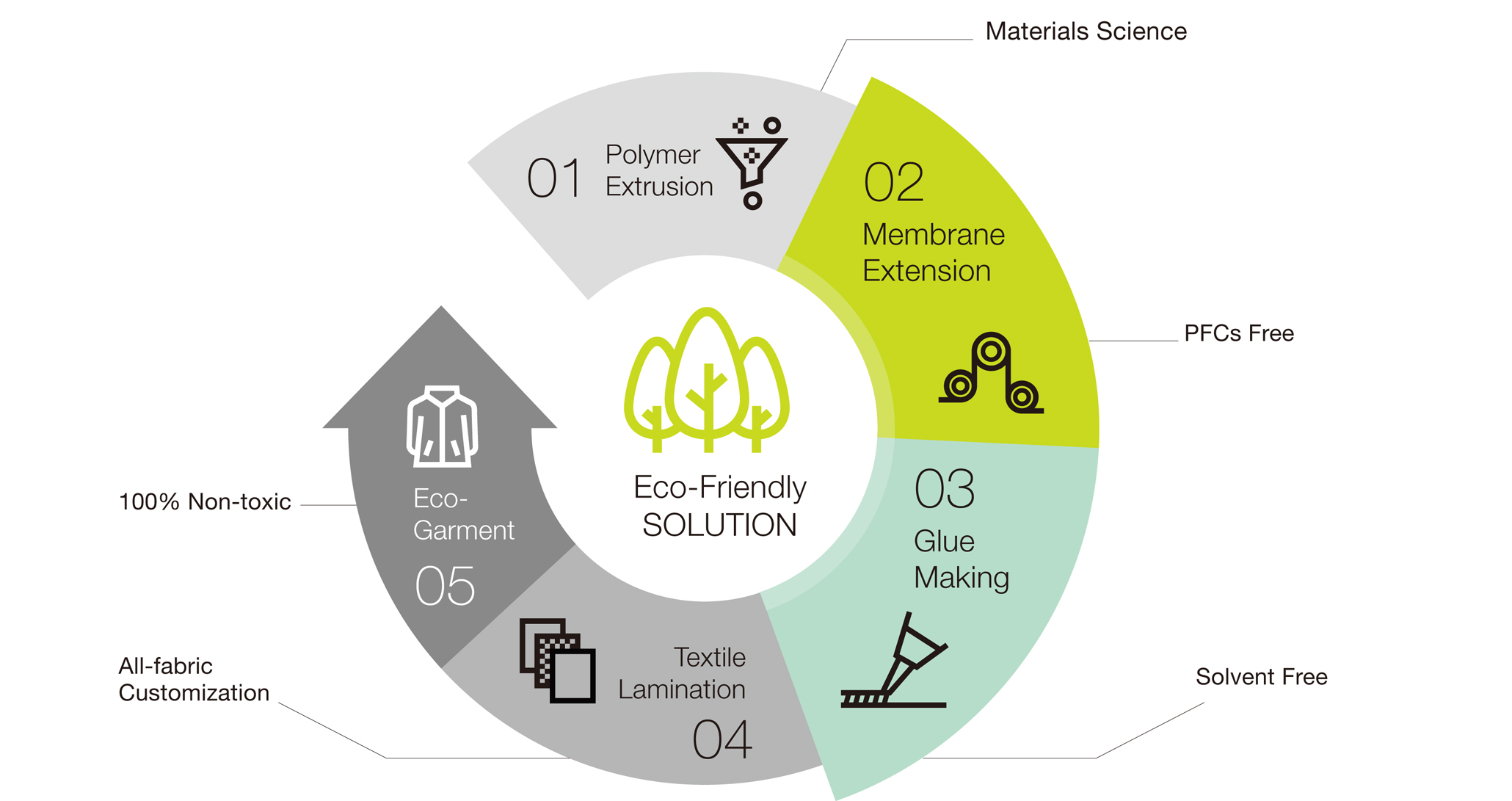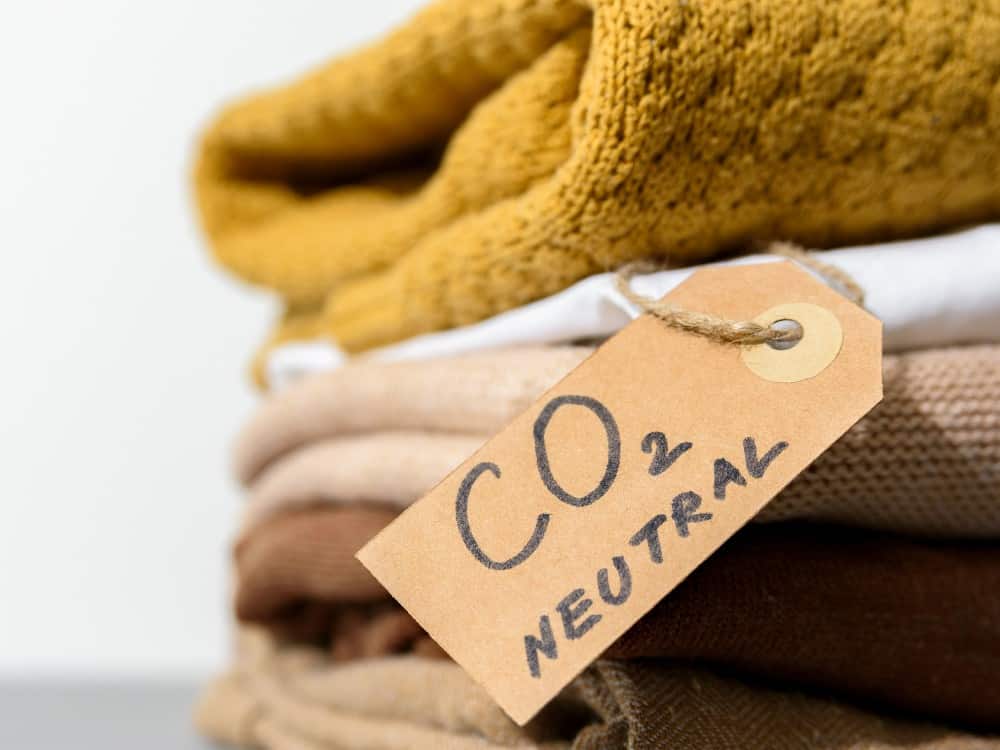Eco-Friendly Fabrics: Understanding the Environmental Impact of Different Textiles
Understanding the Environmental Impact of Different Textiles: Eco-Friendly Fabrics
Introduction
In today's environmentally conscious world, the fashion industry faces increasing pressure to adopt sustainable practices. One critical aspect of sustainable fashion is the choice of fabrics used in clothing production. Eco-friendly fabrics have emerged as a popular choice among environmentally-conscious consumers and designers alike. In this blog, we will delve into the world of eco-friendly fabrics, understand their environmental impact, and why they play a pivotal role in shaping a greener future for the fashion industry.
1. Organic Cotton: A Sustainable Staple
Organic cotton is at the forefront of eco-friendly fabrics. Grown without the use of harmful pesticides and synthetic fertilizers, it minimizes environmental damage and promotes healthier ecosystems. Additionally, organic cotton farmers often practice water conservation techniques, reducing water consumption significantly compared to conventional cotton farming. By opting for organic cotton, you support sustainable agriculture and contribute to the reduction of toxic chemicals in the environment.
2. Tencel: The Sustainable Innovator
Derived from sustainably sourced wood pulp, Tencel is celebrated for its eco-friendly production process. The solvent used in the manufacturing of Tencel is almost entirely recycled, making it a closed-loop system with minimal waste. Tencel production also requires less water than traditional cotton, making it a smart choice for water-conscious consumers. Its softness, breathability, and biodegradability further enhance its appeal as an environmentally responsible fabric.
3. Hemp: A Versatile and Sustainable Choice
Hemp has been used for centuries due to its versatility and minimal environmental impact. It requires little water and no pesticides to grow, making it highly sustainable. Moreover, hemp's fibers are strong and durable, resulting in long-lasting clothing items. Hemp's natural resistance to pests means that it can be cultivated without the need for harsh chemicals, making it an excellent eco-friendly alternative for textiles.
4. Recycled Fabrics: Closing the Loop
Recycled fabrics, including recycled polyester and recycled nylon, are gaining popularity for their reduced environmental impact. These fabrics are made from post-consumer plastic bottles and discarded materials, preventing them from ending up in landfills or oceans. By using recycled materials, the demand for virgin resources is decreased, leading to reduced energy consumption and greenhouse gas emissions during production.
5. Linen: Earth-Friendly Elegance
Linen is made from the fibers of the flax plant, making it a renewable and biodegradable fabric choice. Flax requires less water and fewer pesticides during cultivation, making it an eco-friendly option. Linen's natural breathability and cooling properties make it ideal for warm weather, and its durability ensures that linen garments stand the test of time, reducing the need for frequent replacements.
Conclusion
In conclusion, eco-friendly fabrics have revolutionized the fashion industry, providing a path toward a more sustainable and environmentally responsible future. By choosing fabrics like organic cotton, Tencel, hemp, recycled materials, and linen, we can minimize our fashion footprint and contribute to the preservation of the planet. These fabrics not only offer superior comfort and quality but also empower us to make conscious choices that positively impact the environment.
As consumers, we have the power to drive change in the fashion industry by supporting brands that prioritize eco-friendly fabrics and sustainable practices. By increasing demand for these textiles, we inspire more designers and manufacturers to embrace environmentally responsible choices in their collections.
So, the next time you shop for clothing, keep in mind the profound difference you can make by choosing eco-friendly fabrics. Let's unite to create a fashion industry that values sustainability, innovation, and environmental preservation – one garment at a time. Together, we can weave a greener and more stylish future for fashion that benefits us and the planet we call home.
FAQs
1. What are eco-friendly fabrics, and why are they important for sustainable fashion?


Comments
Post a Comment